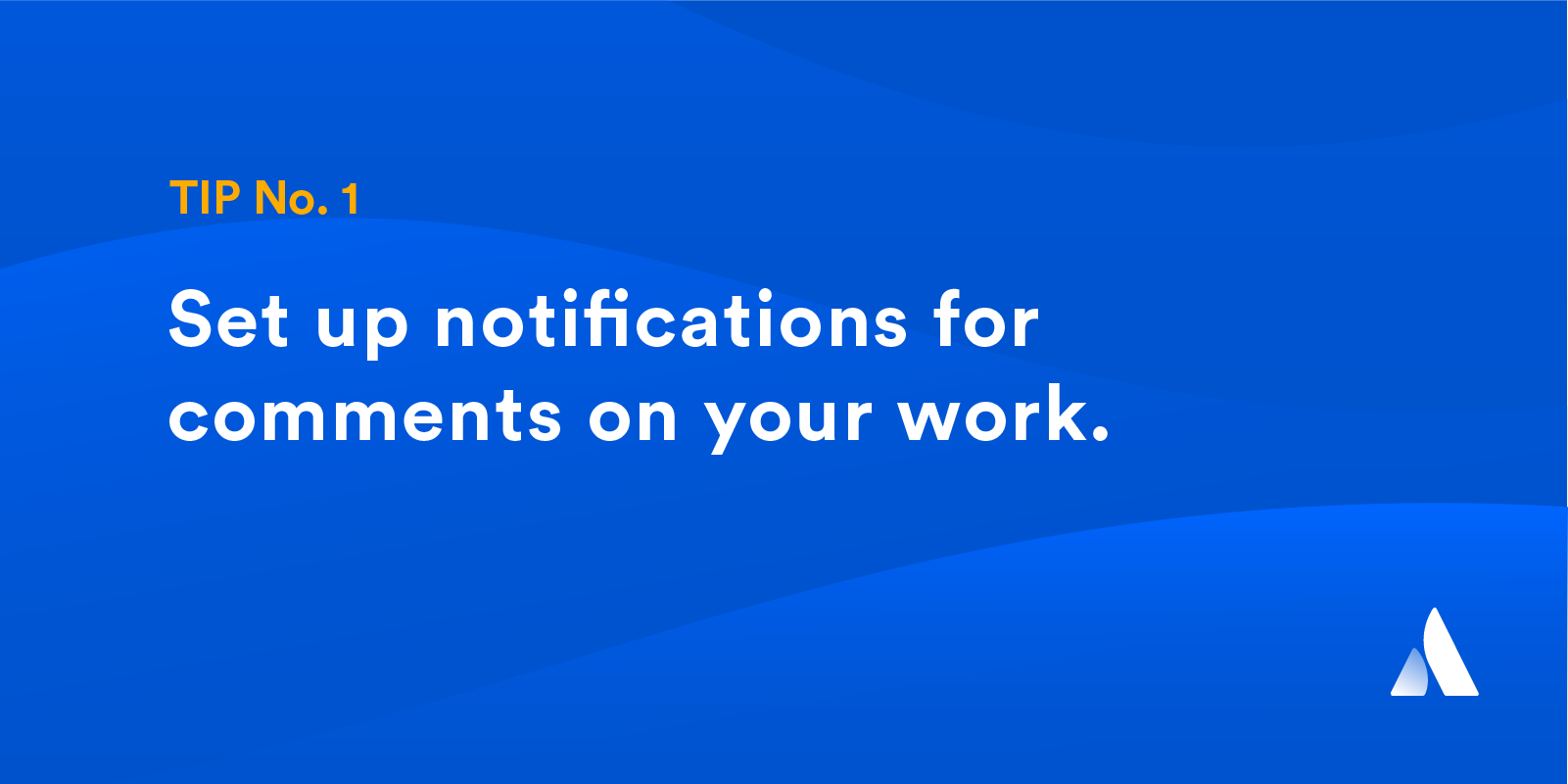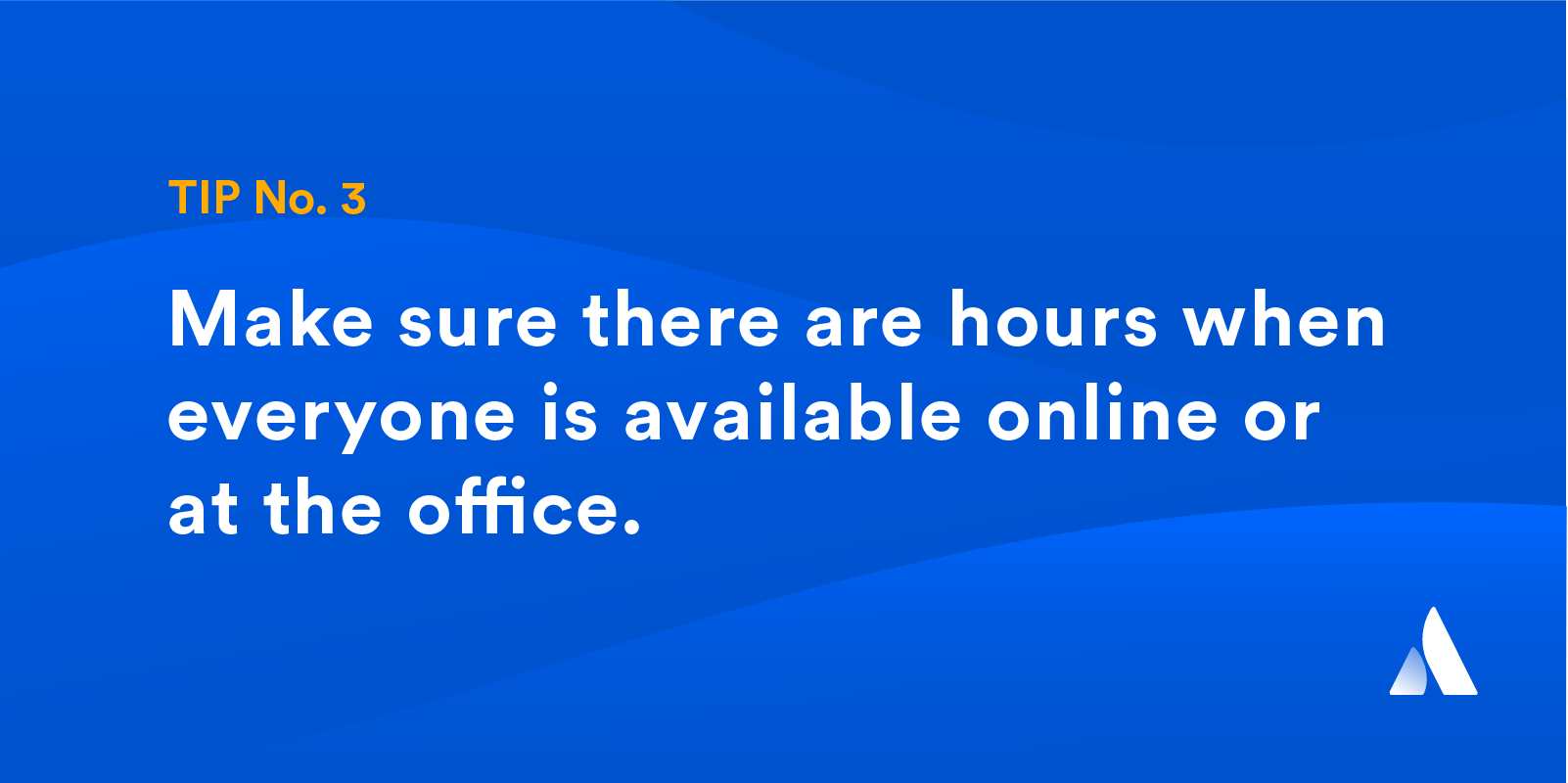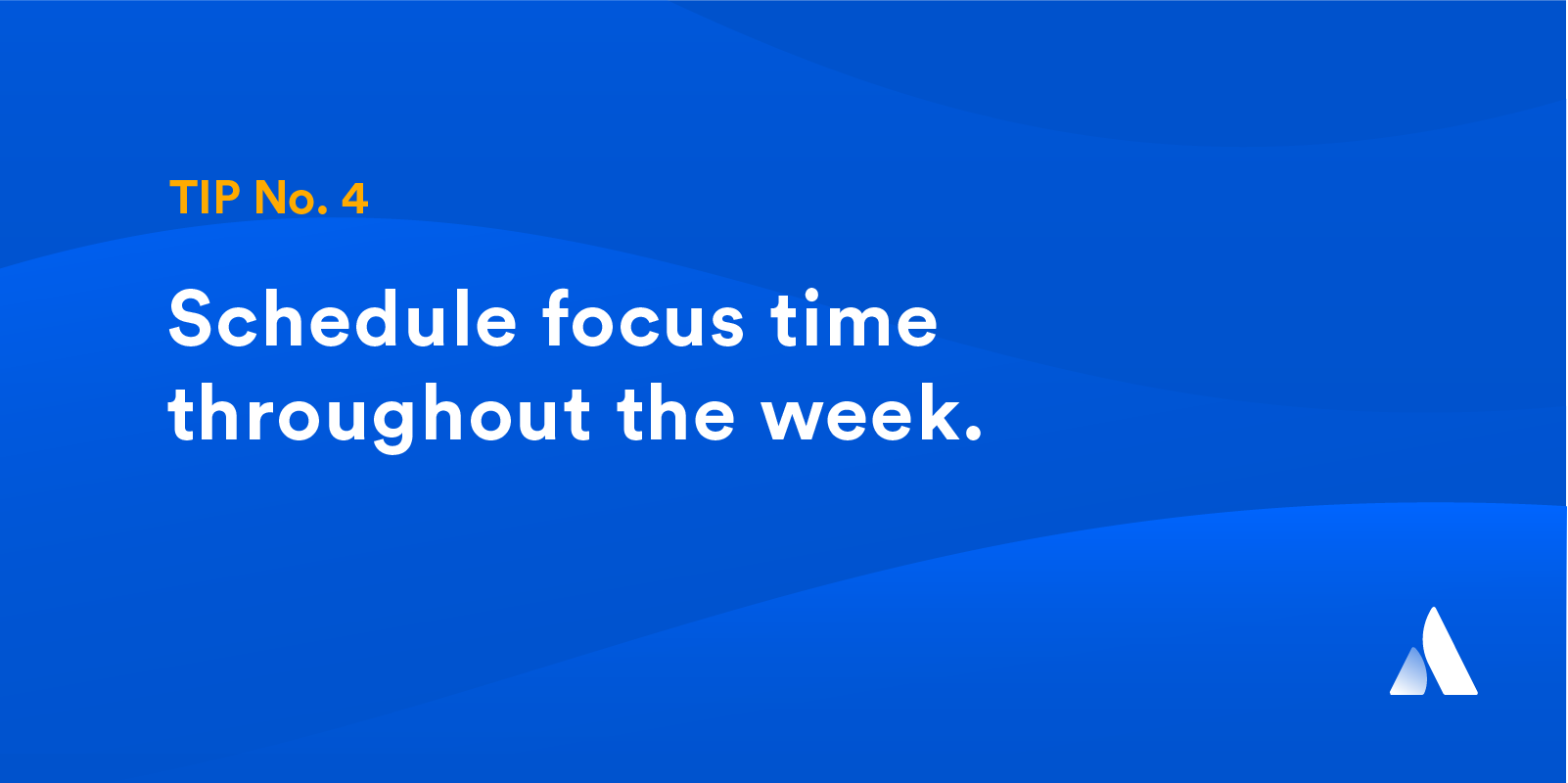7 pros and cons of open workspaces—and how to compensate for them
Anna Johansson is a writer, researcher, and business consultant who is passionate about helping everyone do their best work. Her work has been featured in Entrepreneur and on Business.com.
More and more, work culture gravitates toward openness, collaboration, and transparency. You can see it in the increased number of open-office layouts (despite some recent pushback) and new types of collaborative software designed to bring workers closer together for real-time collaboration. In both cases, we see the buzzword “open workspace,” as in an environment specifically designed to foster more communication and collaboration.
Obviously, there’s something to this idea; 87 percent of employees want to work for an open and transparent company. Accordingly, millions of businesses made efforts to create more open workspaces (both in physical and digital spaces), and it seems to work for many of them. But it’s not a perfect model.
To make the best use of open workspaces, we have to understand and compensate for some of the disadvantages and play to the inherent strengths.
The Pros
Let’s start by examining some of the strengths of working openly
1. Faster communication. Any limit on your communication efficiency could interfere with your team’s overall productivity. If your team isn’t able to respond quickly, you won’t be as effective. Open workspaces allow employees to communicate instantly, bringing everyone up to speed, responding to requests, and clarifying misconceptions before they become a problem.

ProTip: Setup notifications so when people comment on your work you know immediately – versus sending them to another tool.
2. Diverse idea brainstorming. There’s a reason diverse companies are 35 percent more likely to have above-median financial returns. Giving audience to a variety of ideas allows for more abstract thinking about challenges, and ultimately gives you more solutions. In an open workspace, it’s easy for someone to chime in and lend their voice to a problem when they might have been overlooked normally.

ProTip: Share out work broadly and encourage input via internal blogging to the entire company.
3. Centralized coordination. Open-work environments also give your team a centralized place to make updates. If you’re using collaboration software, your team can access materials practically anywhere, and from any device. If you’re working in a physically open office, you can talk to your co-workers without scheduling conference room time.

ProTip: If you have a Bring Your Own Device (BYOD) policy, make sure your team members download and use the centralized app on their mobile devices. If you offer flexible hours, make sure there are at least some hours where everyone is available online or at the office.
4. Transparency. This is one of the biggest predictive factors for workplace happiness, proving corporate transparency is about more than just looking good to consumers and investors. In other words, employees want to see what’s going on in your company and want to feel like they’re involved in the conversation. Facilitating an open workplace, where communications and collaborative work are publicly visible, is one of the best ways to encourage this. Check out this post for five tips for promoting transparency.
ProTip: Keep all your tasks and projects (aside from sensitive information) visible to your employees and encourage them to ask questions.
The Cons
Open-work environments have a lot to offer. Now, what about some of the disadvantages?
1. Interruptions. The atmosphere of constant communication within open workspaces can create more workplace interruptions than the closed cubicle-office model. Whether onsite or online, updates on your collaborative projects sometimes make it difficult to focus.
A study from the University of California Irvine recently found it takes, on average, 25 minutes or so to recover fully from a distraction—but if you’re distracted once every 25 minutes, you may never attain the sharp level of focus you need to do your best work.

ProTip: Schedule heads-down time for yourself (or your team) throughout the week. During this period, turn off all notifications, and mark yourself unavailable on your calendar. Use this time to work wholly uninterrupted, then return to your day.
2. Design by committee. Collaborative work arrangements have the potential to cause a bureaucratic slowdown when team structures are left undefined. Without a central decision maker, even the most well-designed plans get delays. When an entire team work together as a group on a given project, rather than assigning specific tasks to each individual, you might end up waiting far longer to see that project completed—and the finished product may look designed by committee.
ProTip: Appoint a decision maker for each project in charge of final decision-making. You can still allow discussion and collaboration, but the final decision-maker will have the last call, breaking all ties and completing the project within your specified timeframes.
3. Groupthink. Groupthink is the psychological phenomenon when members of a group start thinking and behaving the same way, whether the behavior is valuable or not. Introverts, newcomers, and timid folks may be less likely to voice their opinions in an open-work environment if it looks like the majority isn’t aligned with them. Open workspaces could have the unintended consequence of discouraging dissenting opinions or facilitating bad habits.

ProTip: Encourage all your employees to voice their opinions, and never punish someone for going against the majority. Ask for individual feedback, and make employees feel comfortable giving it.
Any work environment is going to have pros and cons. Choosing the right method of collaboration and interaction between your team members isn’t a matter of finding a flawless plan to adopt; instead, it’s a matter of understanding the strengths and weaknesses of your plan and learning to work around them. Understand, not every team is going to benefit the same way from an open workspace. If harnessed correctly, though, it could bring your team closer and help you produce better work.
